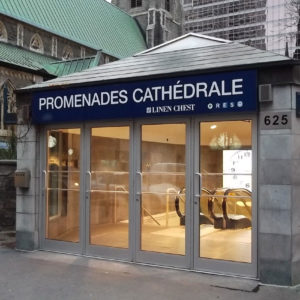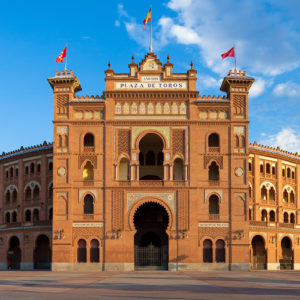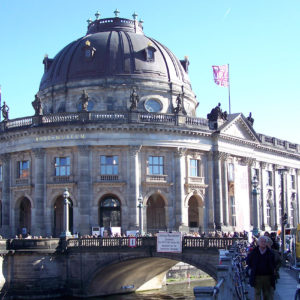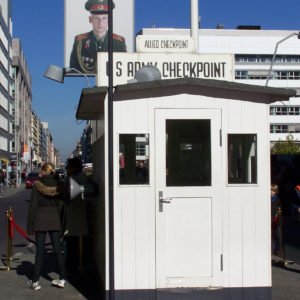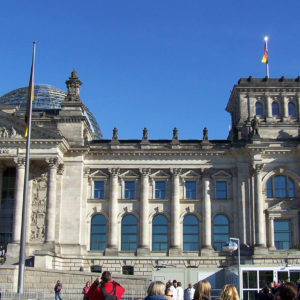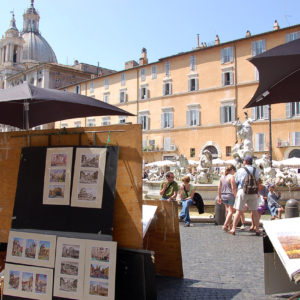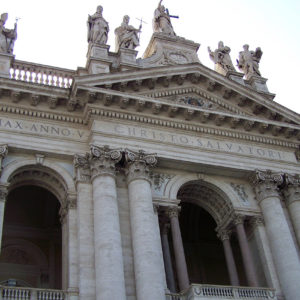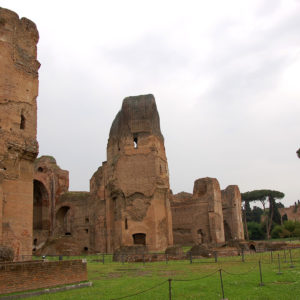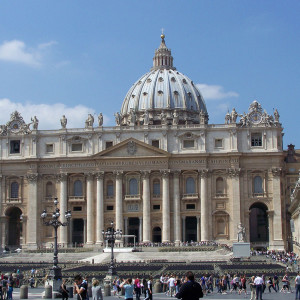Reportage
In Montreal, the challenge of building the Promenades Cathédrale
Les Promenades Cathédrale is a shopping center built in 1987 in downtown Montreal. The complex takes its name from the fact that it was built underneath Christ Church Anglican Cathedral. It was a real challenge for the architects and engineers of the time.
